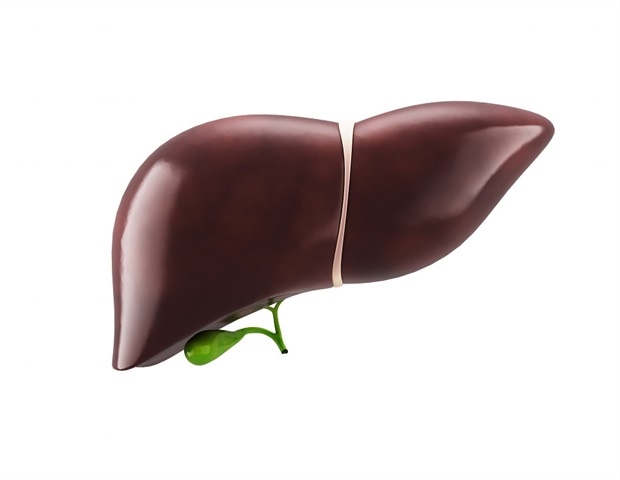Metabolic dysfunction-associated steatotic liver disease (MASLD) — previously known as “non-alcoholic fatty liver disease” — affects about 25% of the global population. Its severe form, metabolic dysfunction-associated steatohepatitis (MASH), can lead to liver fibrosis and even liver failure. With only one approved treatment currently available, finding solutions for MASLD and MASH is crucial.
MASLD and MASH are closely related to obesity, poor diet, and lack of exercise. These conditions lead to fat accumulation in the liver, which can cause inflammation and scarring. Over time, this can progress to fibrosis and cirrhosis, resulting in severe liver damage. Despite their prevalence, there are limited therapeutic options available for people suffering from MASLD and MASH.
Another problem is the reduced levels of a molecule called NAD+ (nicotinamide adenine dinucleotide), which plays a key role in many cellular processes, including energy production, DNA repair, and inflammation control. In MASLD/MASH, NAD+ levels drop, and this contributes to liver damage and disease progression. Restoring NAD+ levels could potentially stop or even reverse this damage – the question is, how?
A team of scientists led by Johan Auwerx at EPFL has now shown that inhibiting an enzyme called ACMSD could be the answer. ACMSD (α-amino-β-carboxymuconate-ε-semialdehyde decarboxylase) is mainly found in the liver and kidneys and is involved in breaking down the amino acid tryptophan and limiting the production of NAD+. By blocking ACMSD, the researchers found they could increase NAD+ levels in the liver, which in turn reduced inflammation, DNA damage, and fibrosis in mouse models of MASLD/MASH.
The researchers used several models, including rodent liver cells and human liver organoids—lab-grown mini-livers. They also fed mice a Western-style diet high in fat to mimic the conditions that cause MASLD/MASH in humans. Once the disease had developed in the mice, they gave them an ACMSD inhibitor called TLC-065 and measured its effects on liver function and NAD+ levels in the mouse liver as well as its effects on human liver organoids.
The results were promising: Inhibiting ACMSD significantly boosted NAD+ levels, particularly in the liver, where ACMSD plays a critical role in energy metabolism and protects against DNA damage. This increase in NAD+ reduced inflammation, and reversed fibrosis and DNA damage in the livers of the treated mice. Meanwhile, they also found that inhibiting ACMSD in human liver organoids also reduces markers of DNA damage.
The findings indicate that blocking ACMSD could be a potential new therapy for MASLD and MASH. Boosting NAD+ production in the liver could protect against the severe damage caused by these diseases, reducing the likelihood of progression to cirrhosis. This approach also highlights the importance of metabolic pathways in liver disease and offers with ACMSD, a new target for drug development.
Other contributors
- Cincinnati Children’s Hospital Medical Center (CCHMC)
- Amsterdam UMC
- University of Lausanne
- OrsoBio, Inc
- Osaka University
Funding
- EPFL
- European Research Council
- Swiss National Science Foundation (SNSF)
- Sinergia
- National Research Foundation of Korea (NRF)
- European Molecular Biology Organization (EMBO)
- BrightFocus
- European Union’s Horizon Europe research and innovation Programme
- MSCA-Doctoral Networks
- National Institutes of Health
Source:
Journal reference:
Liu, Y. J., et al. (2024). ACMSD inhibition corrects fibrosis, inflammation, and DNA damage in MASLD/MASH. Journal of Hepatology. doi.org/10.1016/j.jhep.2024.08.009.
Source link : News-Medica

